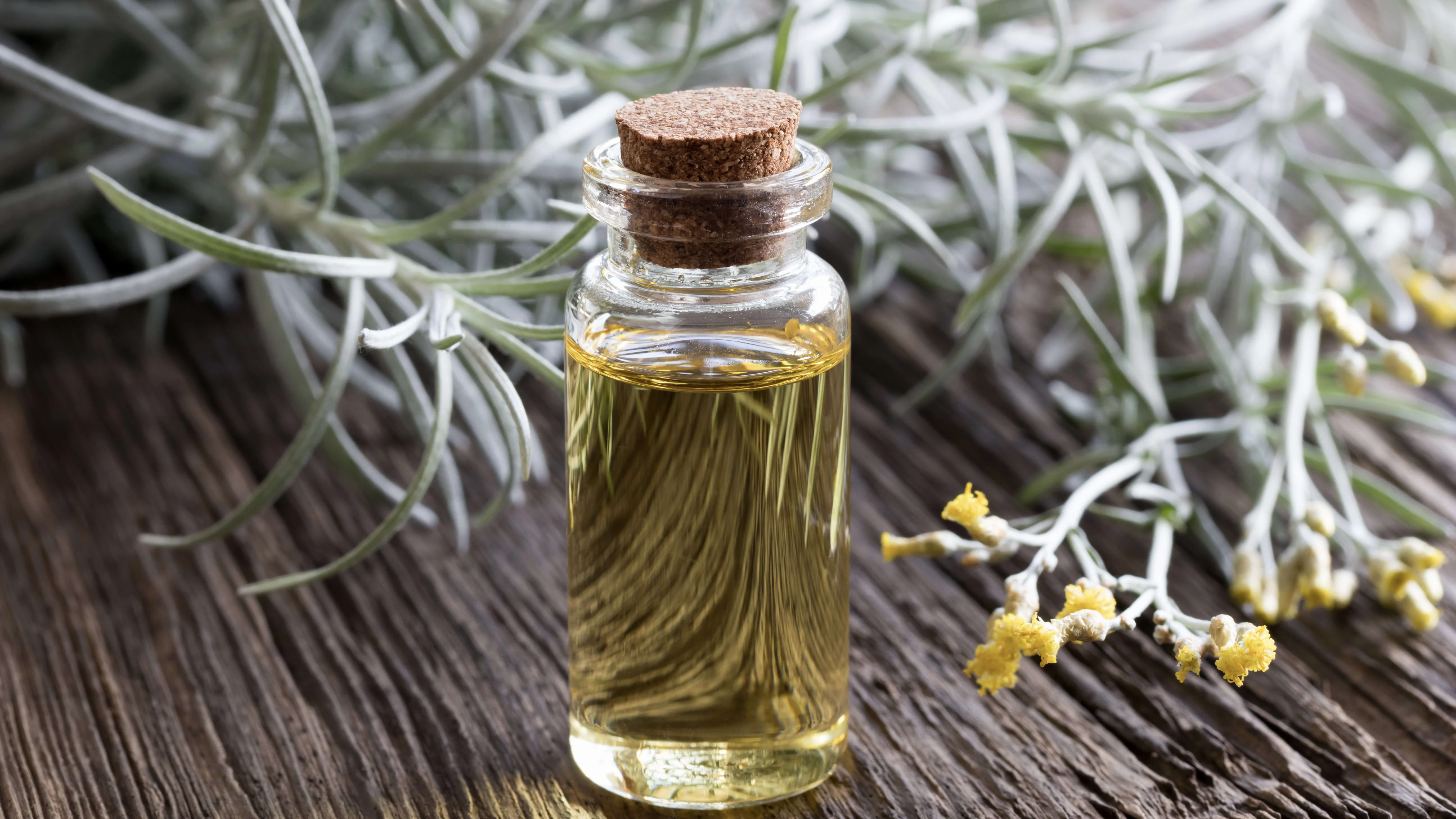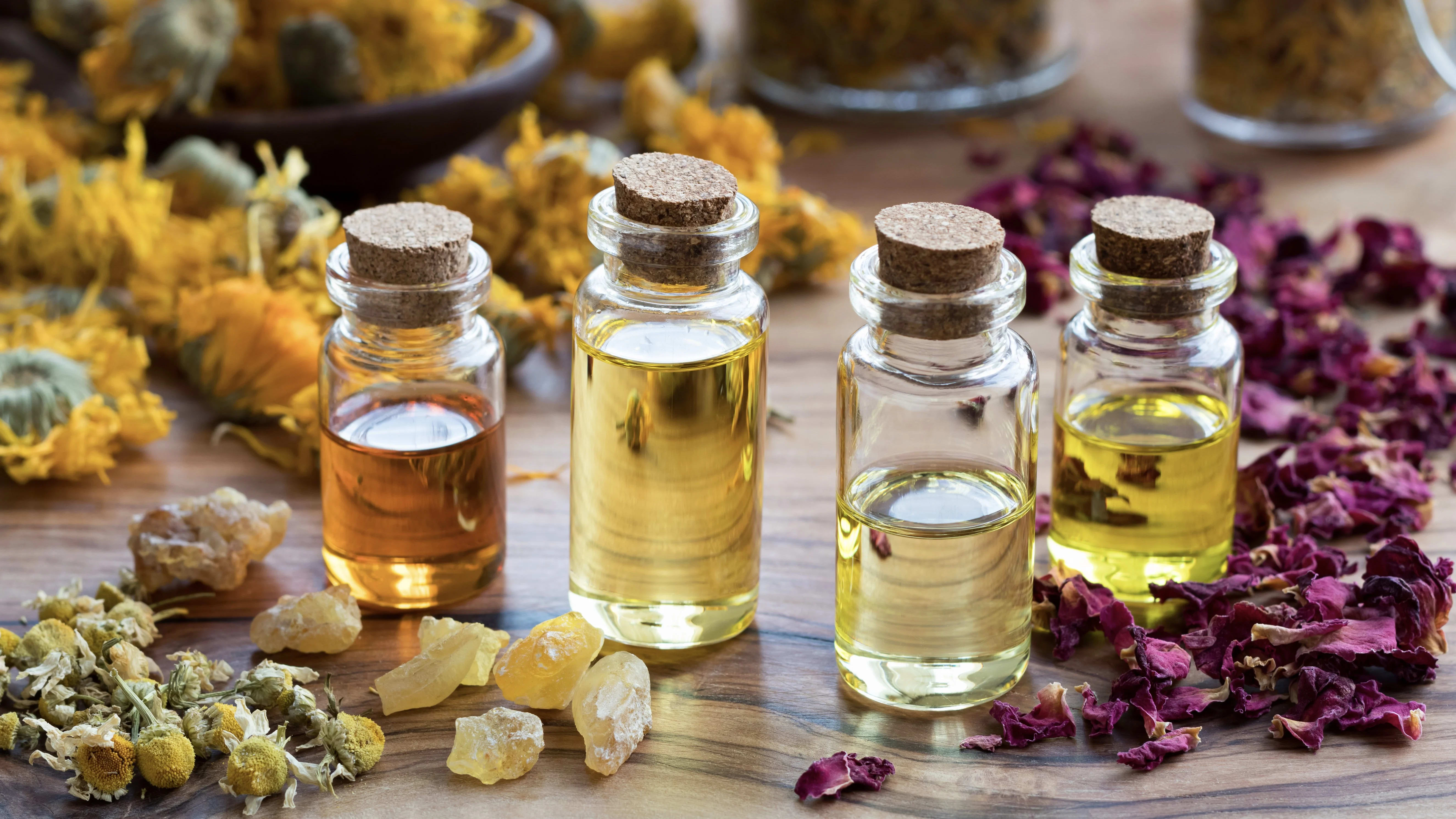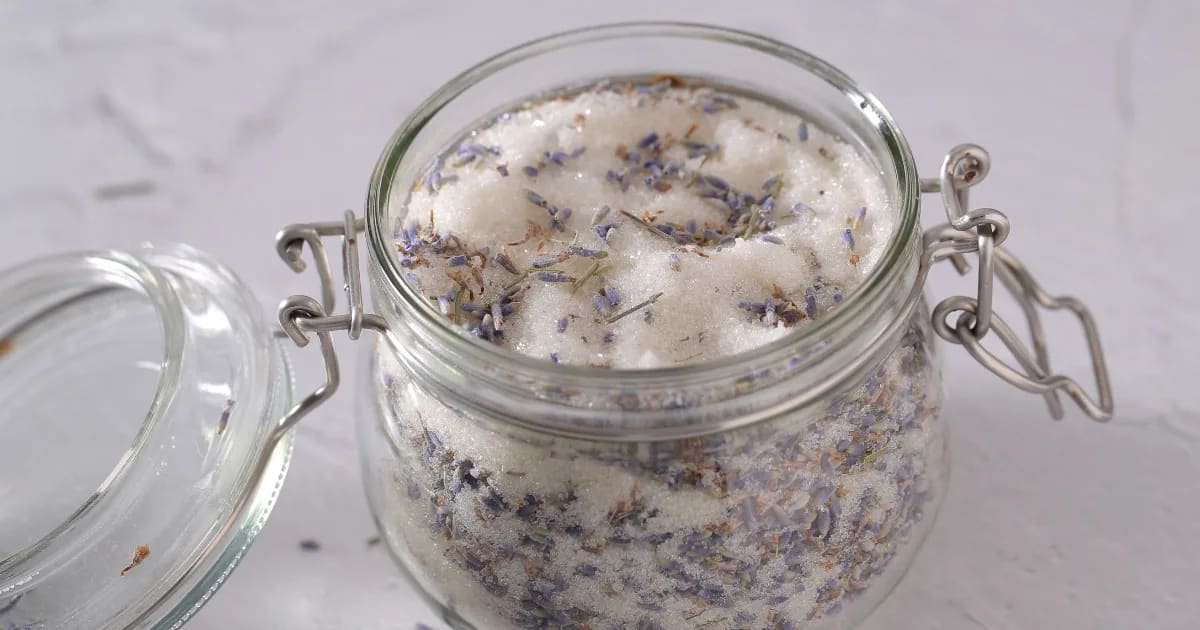Helichrysum Species

Helichrysum species are as diverse as they are fascinating, each carrying its own unique chemical composition, aroma, and therapeutic properties.
We often receive questions regarding the differences between these helichrysum species and how to choose the right oil for specific issues. This blog post aims to demystify these variations and provide guidance on selecting the most suitable essential oil for your needs.
My admiration for the multitude of helichrysum species has only grown over time, but I have developed a particular affinity for four distinct varieties:
Helichrysum italicum
Helichrysum odoratissimum
Helichrysum bracteiferum
Helichrysum gymnocephalum
Each of these four oils was meticulously examined using Gas Chromatography and Mass Spectrometry (GC/MS), allowing us to identify their distinct chemical components and gain a deeper understanding of their therapeutic capabilities.
The exploration of an oil's chemistry to comprehend its therapeutic properties is not just scientifically intriguing—it's a fundamental part of effective aromatherapy!
In this blog, we will delve into the unique characteristics and therapeutic properties of these four helichrysum species, providing you with the necessary information to make an informed decision for your specific needs.
Let's delve into the distinct characteristics of these four helichrysum species:
Helichrysum italicum (Origin: Corsica) This oil contains a component known as curcumene, reputed for its cell rejuvenating and tissue healing effects. A trace amount of nerol in this oil makes it ideal for anti-fungal blends, as it might possess anti-fungal properties and can heal infected skin. A small percentage of ketones present contributes to Corsican helichrysum's impressive wound-healing prowess (we usually look for levels above 5%).
With its high concentration of neryl acetate, Corsican helichrysum exudes a calming effect, distinguishing it from other helichrysum species. The oil can be used for various conditions, such as muscle spasms, irritable bowel syndrome, spastic coughing, and painful body tightness. The oil gives off a delightful honey aroma, layered with rich, penetrating, slightly fruity, and herbaceous undertones.
Helichrysum odoratissimum (Origin: South Africa) This oil showcases a harmonious balance between pinenes and 1,8-cineole, offering potent respiratory mucolytic and antispasmodic properties. It pairs excellently with Helichrysum bracteiferum, as the b-caryophyllene and 1,8-cineole combination provides impressive anti-inflammatory, analgesic benefits. Helichrysum odoratissimum has proven effective for sinus headaches accompanying cold or flu symptoms and is a promising remedy for complex immune system diseases. Its aroma is herbaceous and earthy with a hint of pine.
Helichrysum bracteiferum (Origin: Madagascar) Helichrysum bracteiferum is unique, with roughly equal amounts of monoterpenes, sesquiterpenes, and oxides. Its unique humulene content potentially bolsters immune health, while the presence of caryophyllene gives it robust anti-inflammatory effects. The pinenes and 1,8-cineole make it valuable for respiratory issues, allergies, congestion, colds, and flu. Rather than wound healing, this species is more renowned for infection treatment, headache alleviation, inflammation reduction, and immune system strengthening. Its aroma is similar to Helichrysum odoratissimum—herbaceous, earthy, with a subtle piney essence.
Helichrysum gymnocephalum (Origin: Madagascar) This species boasts the highest content of 1,8-cineole, providing profound healing effects for the respiratory system. Paired with the analgesic and anti-infectious properties of para-cymene, this oil is excellent for alleviating pain, treating a variety of infections, reducing tension, and healing the respiratory system. It's particularly useful during a cold or flu, and due to its unique chemistry, it's favored for congestion, analgesic purposes, infection treatment, and headache relief. The oil emanates a strong, fresh, and penetrating aroma, akin to Eucalyptus.
I hope you find this exploration into the unique properties of these four helichrysum species as fascinating as I do!
In conclusion, understanding the unique chemistry of each helichrysum species allows us to tap into their individual therapeutic benefits effectively. From the cell rejuvenating power of Helichrysum italicum, the powerful respiratory aid from Helichrysum odoratissimum, the immune support of Helichrysum bracteiferum, to the deep respiratory healing properties of Helichrysum gymnocephalum, each one offers its distinct healing capabilities.





